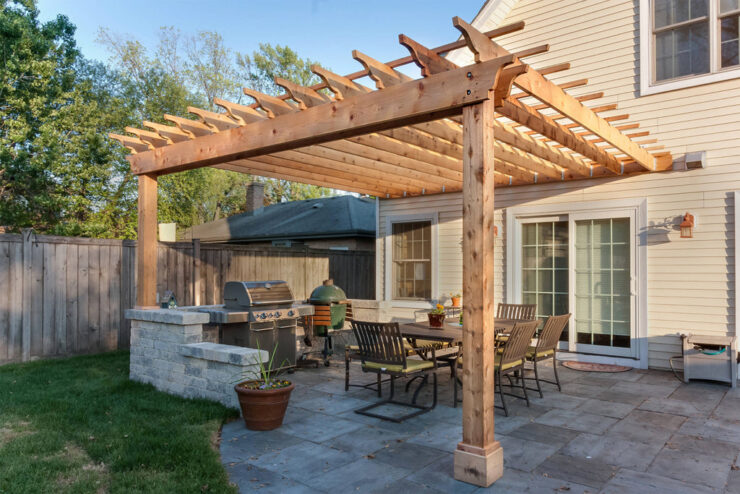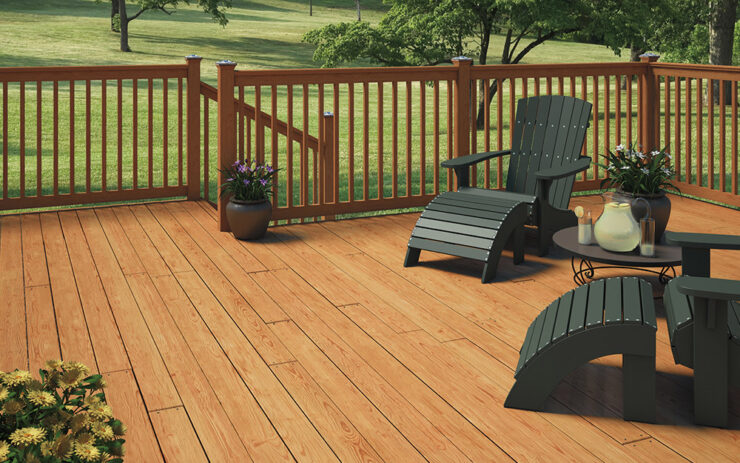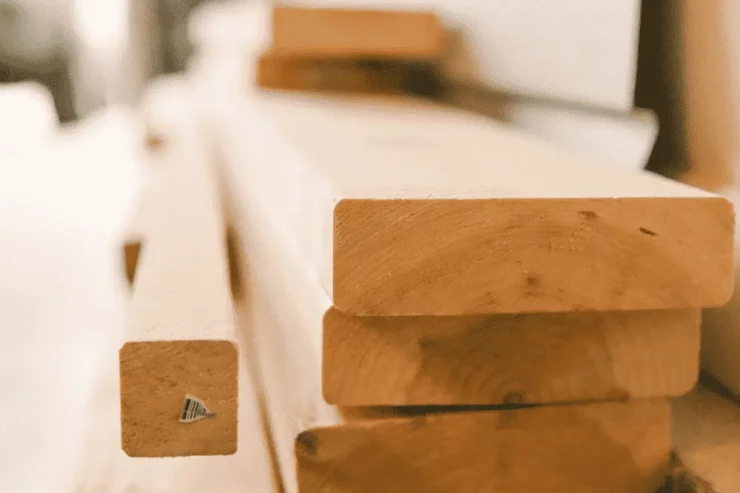Wood is a popular choice for outdoor furniture and structures, but it needs to be treated in order to withstand the harsh elements. Without being properly treated, wood can easily be damaged by moisture, rot and pests. Therefore, it’s important to know how to treat untreated wood if you want it to last. In this article, we’ll discuss some of the best ways to treat untreated wood for outdoor applications. We’ll cover everything from choosing the right type of wood to applying sealants and finishes that will protect your outdoor project from the elements. Read on to learn more about how you can get the most out of your outdoor woodwork!
About Untreated Wood
Many people are familiar with the term “pressure-treated wood,” but what does “untreated wood” mean? It is simply lumber that has not been treated with any type of chemicals or other preservatives. This means that it is more vulnerable to rot, insect damage, and decay than pressure-treated wood.
If you are planning to use untreated wood for any outdoor projects, it is important to take some steps to protect it from the elements. The most important thing you can do is to choose a high-quality lumber that has been kiln-dried. Kiln-drying helps to remove excess moisture from the lumber, which will make it less susceptible to rot and decay.
Once you have chosen your lumber, you will need to apply a finish to it. A good option for unfinished wood is a sealer or stain. Sealing the wood will help to protect it from water damage, while staining the wood will give it some extra protection against UV rays.
After you have applied a finish, be sure to keep an eye on it and check for signs of wear and tear. If you notice any damage, be sure to repair or replace the affected piece of lumber as soon as possible. By taking these steps, you can help to ensure that your untreated wood lasts for many years to come!

The Different Types of Untreated Wood
There are three main types of untreated wood: softwood, hardwood, and engineered wood.
Softwood is the most common type. It’s typically used for construction purposes because it’s easy to work with and relatively inexpensive. Common softwoods include pine, fir, and cedar.
Hardwood is a more durable option that’s often used for furniture or flooring. Some common hardwoods include oak, maple, and mahogany. Hardwood is more expensive than softwood and can be difficult to work with if you’re not experienced.
Engineered wood is a man-made product that’s created by combining different types of wood fibers together. It’s often used in high-end furniture or cabinetry because it’s very strong and stable. It is more expensive than both softwood and hardwood.
No matter which type of wood you choose, be sure to always use the proper safety precautions when cutting or sanding it.
The Benefits of Untreated Wood

The benefits of untreated wood are many. It is a renewable resource, it is durable, and it has a natural beauty that treated wood does not have. Treated wood is often stained or painted, which can change its appearance over time. Untreated wood will retain its original color and grain pattern for many years.
It is also biodegradable, meaning it will break down over time and return to the earth.
It is also more durable than treated wood. Treated wood has chemicals added to it that can make it rot and decay over time. These chemicals can also leach into the soil and groundwater, causing environmental damage. Untreated wood doesn’t have these problems, making it a more sustainable choice for building projects.
There are also aesthetic benefits to using untreated wood. Treated wood often has a bright, artificial look that some people find unappealing. Untreated wood has a natural beauty that can add character and warmth to a space.
How to Treat Untreated Wood for Outdoor Use

If you’re looking to add this kind of wood to your outdoor space, there are a few things you need to do in order to ensure it withstands the elements. Here’s how to treat untreated wood for outdoor use:
- Start by sanding the surface of the wood with medium-grit sandpaper. This will help create a smooth surface for the treatment to adhere to.
- Next, apply a liberal amount of wood sealer to the surface of the wood using a brush or roller. Make sure to evenly coat all sides of the wood.
- Allow the sealer to dry completely before moving on to the next step.
- Once the sealer is dry, apply a thin layer of paint or stain to the surface of the wood. This will help protect the wood from UV damage and weathering.
- Allow the paint or stain to dry completely before using or handling the treated wood.
Tips for Maintaining Your Untreated Wood Furniture

- Avoid placing your untreated wood furniture in direct sunlight, as this can cause the wood to warp and discolor over time.
- If your untreated wood furniture is exposed to rain or snow, be sure to wipe it down afterwards with a clean, dry cloth to prevent water damage.
- Once every few months, give your untreated wood furniture a good cleaning with a mild soap and water solution, followed by a thorough drying.
- Periodically check for any signs of damage, such as cracks, splits or warping, and take care of them as soon as possible to prevent further deterioration.
- When storing your untreated wood furniture for long periods of time, wrap it in a breathable fabric to protect it from dust and moisture.
Conclusion
Treating untreated wood for outdoor use is a simple but important process that helps protect your investment from the elements. With the right products and following a few easy steps, you can make sure that your wooden furniture, decks, or other projects stay looking great for years to come. Whether you choose to stain, seal or paint your untreated wood, taking care of it now will ensure it’s in good shape for many seasons down the road.

